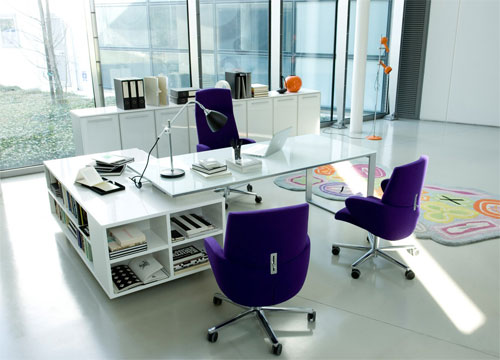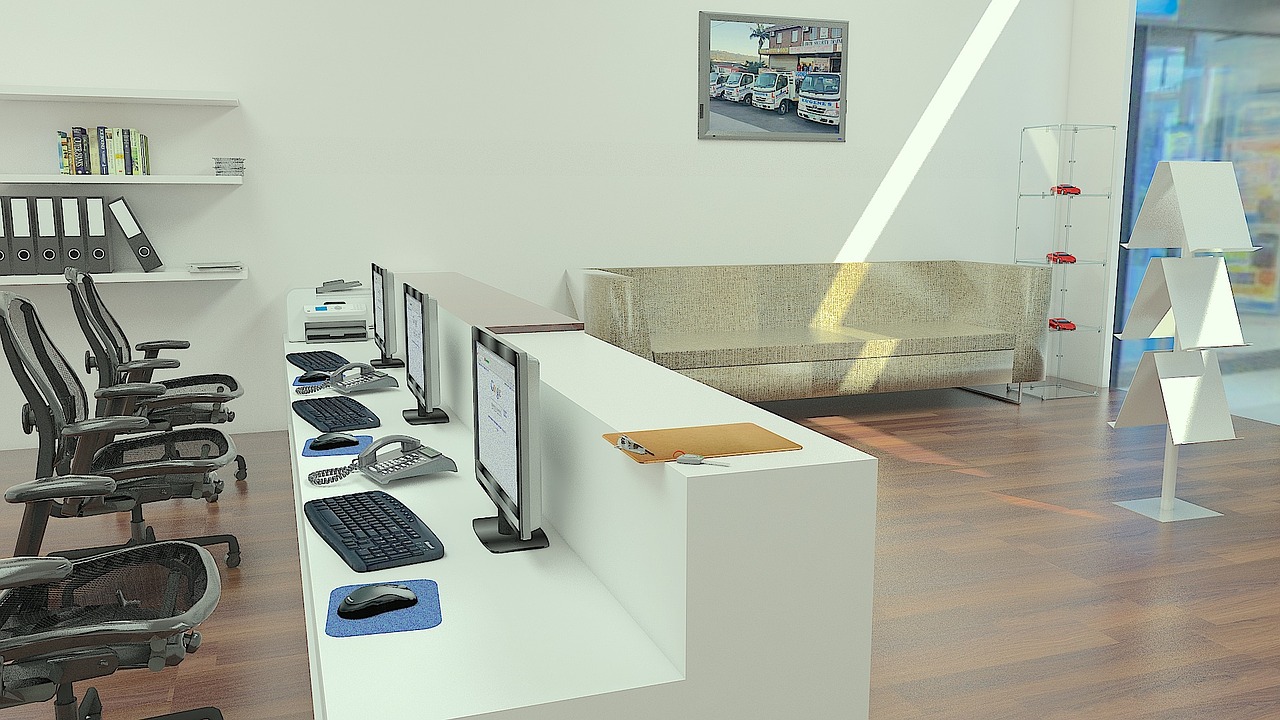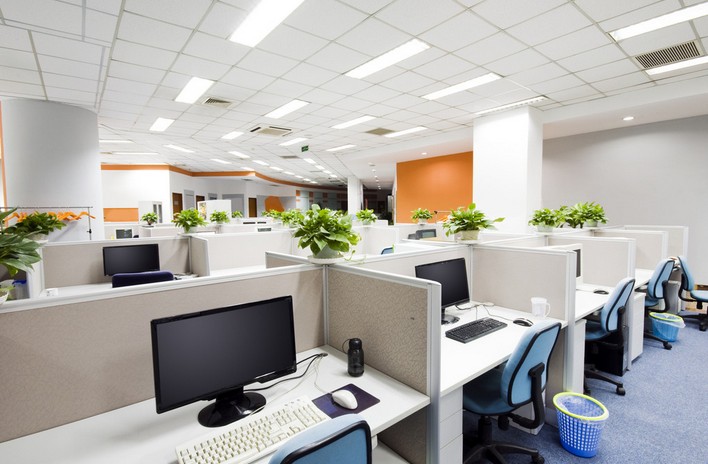Moving into new offices can be an exciting time – it probably means you’re either setting up a new company, or expanding an existing one, and both of those are occasions of great celebration and potential.
However, when confronted with the blank canvas of a new office, what’s the best approach? Here are just a few of the options, and why they might – or might not – work well for you and your employees.
The American Dream
The office space Wimbledon companies have at their disposal might not come equipped with cubicle dividers like an American workspace, but that doesn’t mean you can’t add them, if you think it’s likely to work well for you.
Even adding just a few cubicles to an otherwise open-plan office could give staff a quiet, private space to retreat to when they need to take their productivity to its peak and hit a deadline without disturbances.
Wide Open Spaces
Open-plan offices have been the in thing for quite a long time now, and don’t really show any signs of losing their popularity.
The advantages are fairly obvious – everyone working in a single shared environment, which can make it relatively easy to heat, light and ventilate, and which allows the maximum floor space to be used, without losing as much to interior walls and corners.
An open-plan office also typically puts management closer to lower-level employees, although it’s not unusual to see an open-plan area but with separate offices for the most senior of staff.
Personnel Pods
A modern-day compromise on the American style of cubicles and meeting rooms is to equip a workspace with one or several personnel pods – different sizes of enclosed area that can be used for a variety of purposes.
In principle they serve the same old purposes, allowing individuals to retreat to a private area, or letting meetings take place out of earshot, but in practice companies are finding new ways to make the most of pods as a more flexible alternative to having rooms of very clearly defined size and purpose.
All Work and All Play
Finally, if you’re really forward-thinking, you might want to take a gamble on maximising productivity by effectively creating a workplace designed as much for entertainment and play as for knuckle-grinding labour.
Companies in the creative industries in particular seem to have a penchant for providing their employees with play rooms, and it’s not unusual – again inspired by American workplace trends – to see pool, ping pong and football tables on some premises.
It’s up to you to decide if you think your employees would benefit from having such equipment close at hand, or whether you would simply lose countless man hours of productivity and overall output.
Either way, it’s an example of how a fairly outlandish approach to workplace design can, in the right circumstances, defy convention and make your offices a place where your staff will actually want to go to on a Monday morning.



